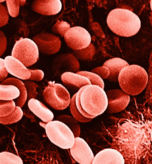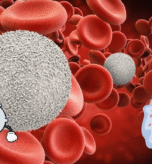Beauty is a fundamental aspect of photography composition, as it has the power to captivate audiences, evoke emotions, and convey messages. In photography, beauty is not just about capturing aesthetically pleasing images, but also about creating a visual language that communicates the photographer’s vision and intention. This article will explore the role of beauty in photography composition, discussing its various forms, elements, and techniques used to create stunning images.
Forms of Beauty in Photography
Beauty in photography can take many forms, including:
- Natural Beauty: Capturing the beauty of nature, such as landscapes, sunsets, and wildlife, is a popular theme in photography. Photographers use lighting, composition, and other techniques to emphasize the beauty of the natural world.
- Human Beauty: Portrait photography focuses on capturing the beauty of the human form, highlighting the subject’s features, expressions, and emotions. Photographers use lighting, posing, and composition to create flattering and captivating portraits.
- Abstract Beauty: Abstract photography explores the beauty of patterns, textures, and shapes, often using unconventional techniques and perspectives to create unique images.
Elements of Beauty in Photography
Several elements contribute to the beauty of a photograph, including:
- Lighting: Lighting is a crucial element in photography, as it can create mood, emphasize textures, and highlight shapes. Photographers use natural and artificial light to create a range of effects, from soft and subtle to dramatic and bold.
- Composition: Composition refers to the arrangement of elements within the frame, including lines, shapes, and forms. Photographers use composition techniques, such as the rule of thirds and leading lines, to create visually appealing images.
- Color: Color is a powerful element in photography, as it can evoke emotions, convey mood, and create contrast. Photographers use color palettes, saturation, and contrast to create visually stunning images.
- Texture: Texture adds depth and interest to photographs, inviting the viewer to touch and explore the image. Photographers use lighting and composition to emphasize textures and create tactile experiences.
Techniques for Creating Beauty in Photography
Photographers use various techniques to create beauty in their images, including:
- Framing: Framing involves using elements within the scene to create a frame around the subject, drawing the viewer’s attention and creating depth.
- Symmetry: Symmetry creates a sense of order and balance in photographs, often used in architecture and still-life photography.
- Negative Space: Negative space refers to the empty areas around and between subjects, used to create a sense of simplicity and minimalism.
- Post-processing: Post-processing techniques, such as editing and retouching, can enhance the beauty of an image, adjusting colors, contrast, and texture to create a polished final product.
Conclusion
Beauty plays a vital role in photography composition, as it has the power to captivate audiences and convey messages. By understanding the forms, elements, and techniques used to create beauty in photography, photographers can craft stunning images that evoke emotions and inspire viewers. Whether capturing natural beauty, human beauty, or abstract beauty, photographers use a range of techniques to create visually appealing images that showcase their unique vision and perspective.



